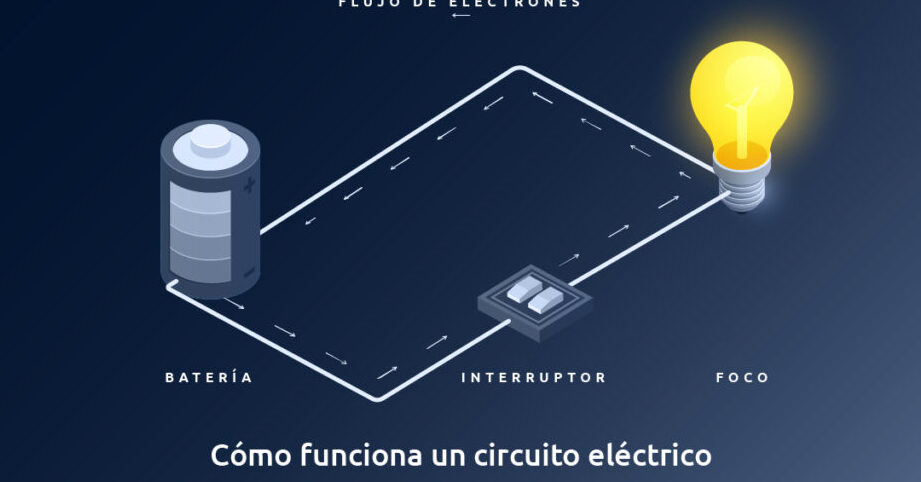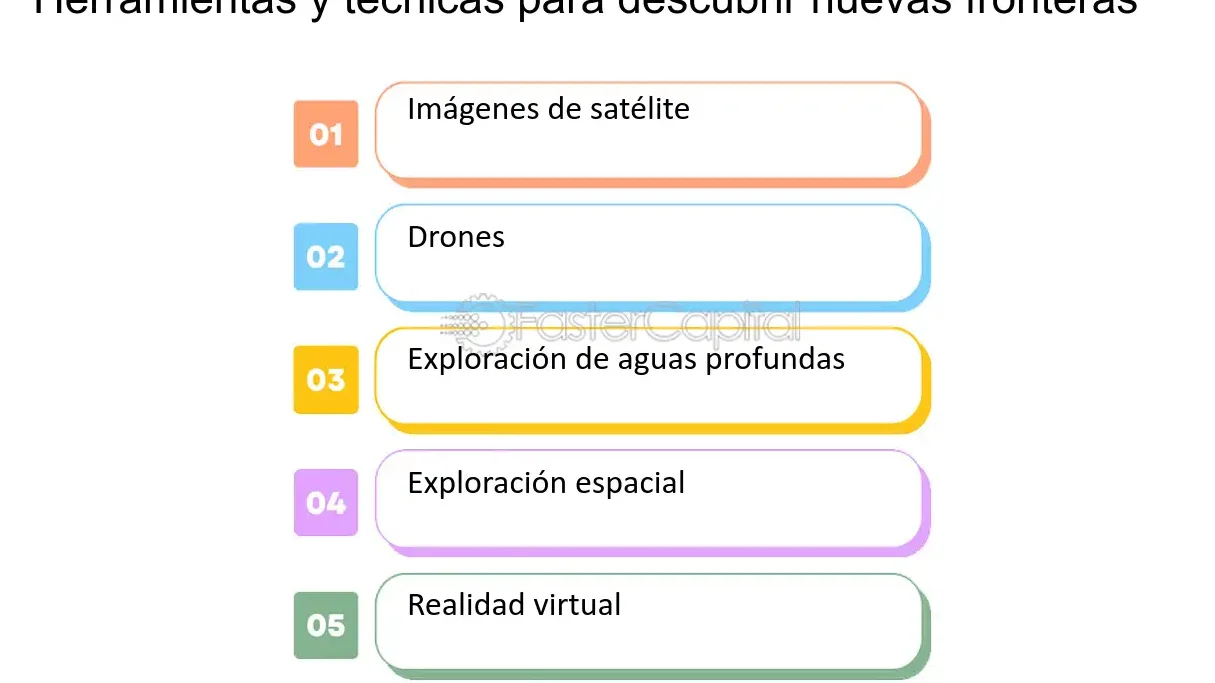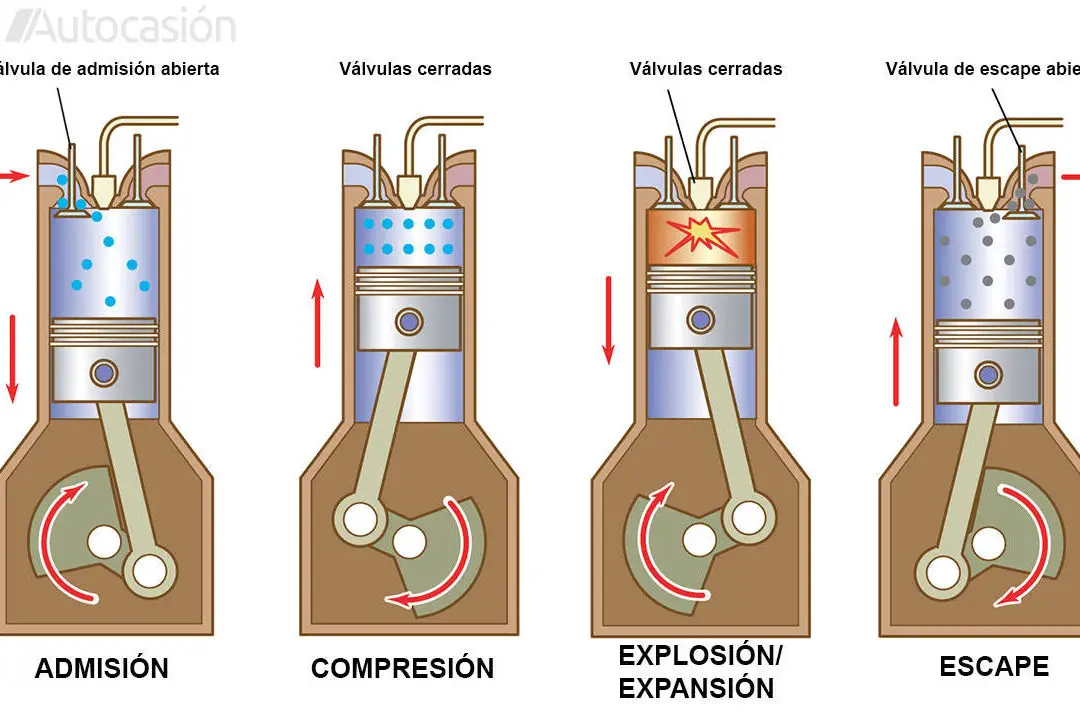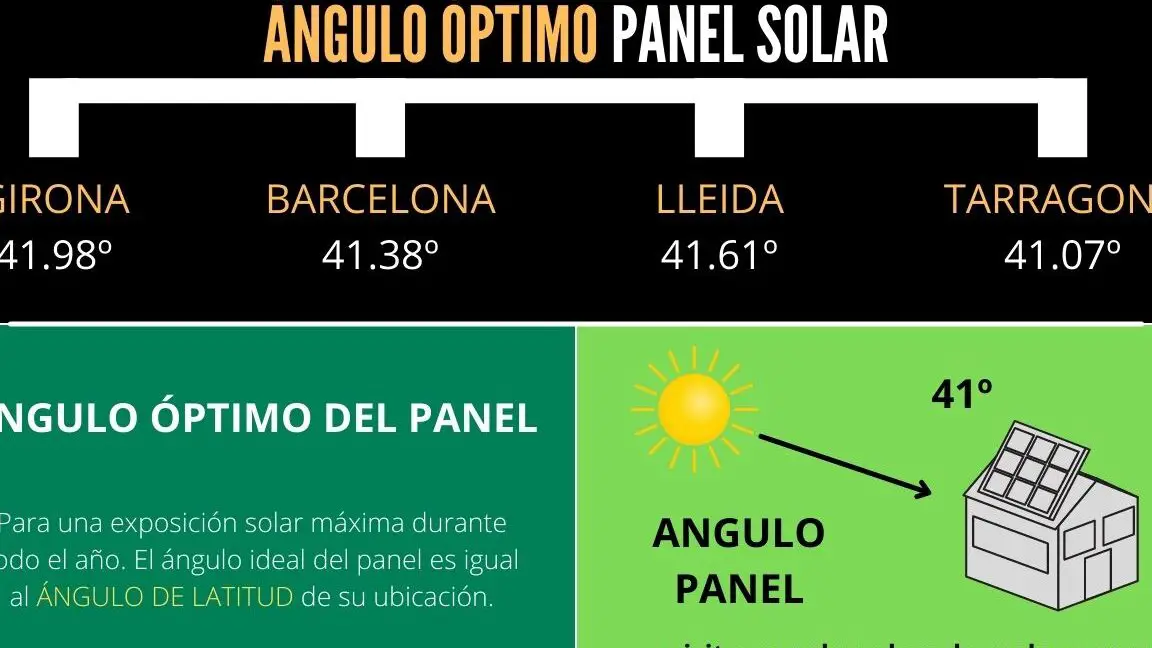what is the operation of an electric circuit
Discover how an electrical circuit works and reveal the mysteries behind electric current. We will explore together the fundamentals of electricity that make possible the technology we use every day. Join us on this fascinating journey through the polarity of electric current in Polarities!
The operation of an electrical circuit: everything you need to know
The operation of an electrical circuit: everything you need to know
An electrical circuit is a system that allows the flow of electric current through a closed path. For a circuit to work correctly, it is essential to take into account the following elements:
- Power Source: Provides the electricity necessary for the circuit to activate.
- Conductors: cables that allow the passage of electric current.
- Load: element that consumes electrical energy, such as a light bulb or an appliance.
- Switches: devices that allow the circuit to be opened or closed, thus controlling the flow of current.
- Resistors: Components that limit the flow of current in a circuit.
In an electrical circuit, electric current flows from the positive pole of the power source to the negative pole, following a closed path that includes all the elements mentioned above. It is important to note that the electric current always seeks to complete the circuit, so if there is an interruption in it, the current will not be able to flow.
Voltage in an electrical circuit is the force that drives electrons to move through the circuit, while electric current is the flow of electrons itself. Resistance, measured in ohms, is the opposition to the flow of current and can affect the strength of the current in the circuit.
The operation of the electrical circuit: keys to its use
To understand the operation of an electrical circuit, it is essential to take into account various keys that will allow us to make the most of its potential.
- Electric circuit concept: An electrical circuit is a set of interconnected elements that allow the flow of electric current from one point to another.
- Basic components of an electrical circuit:
- Power supply: supplies electrical energy to the circuit.
- Conductors: cables that allow current to pass.
- Switches: control the flow of current.
- Charge: element that transforms electrical energy into another type of energy, such as light in a light bulb.
- Types of electrical circuits:
- Series circuits: the components are connected one after another, so that the electric current must pass through all of them.
- Parallel circuits: The components are connected in parallel, so that the current is divided between them.
- Fundamental laws in the operation of an electrical circuit:
- Ohm's law: Establishes the relationship between current, resistance and voltage in an electrical circuit.
- Kirchhoff's Laws: are two laws that are used to analyze current and voltage in a complex circuit.
- Applications of electrical circuits: Electrical circuits have a wide variety of applications in everyday life, from lighting in the home to operating electronic devices.
The operation of an electrical system: everything you need to know
The operation of an electrical system: everything you need to know
An electrical system is a set of interconnected components that allows the transfer of electrical energy for use in different applications. Here we present the key concepts that you should know about the operation of an electrical system:
- Fundamental components: A basic electrical system consists of a power supply, electrical conductors, switches, protective devices, and electrical loads.
- Electrical circuit: It is the closed path through which electric current flows. It is composed of a power source, conductors and control devices.
- Electric current: It is the flow of electrical charge through a conductive material. It is measured in amperes (A) and can be direct current (DC) or alternating current (AC).
- Electric resistance: It is the opposition to the flow of current in a circuit. It is measured in ohms (Ω) and can affect the amount of current flowing through an electrical system.
- Ohm's law: Establishes the relationship between electric current, resistance and potential difference in a circuit. It is expressed as V = I * R, where V is the voltage, I is the current, and R is the resistance.
- Electric power: It is the amount of electrical energy that is consumed or produced per unit of time. It is related to voltage and current through the formula P = V * I.
And that's how electricity works its magic in these circuits! I hope that now you feel like a true magician of electric current. Keep turning on light bulbs and running appliances like a boss! See you on the next sparkling Polarities adventure!





Post Comment